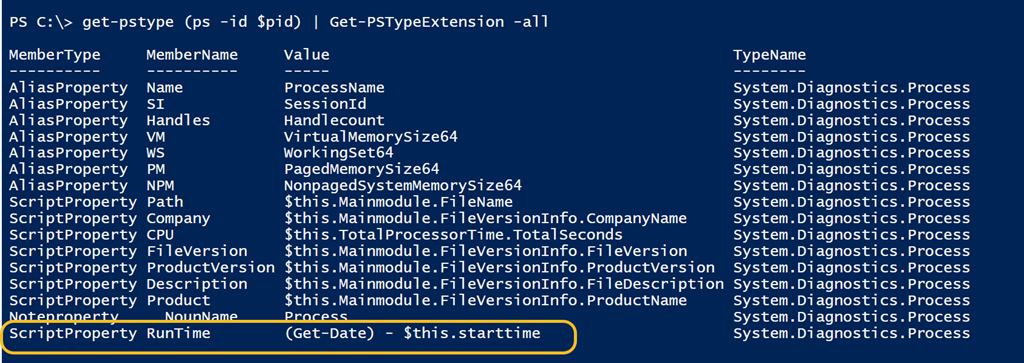
This could be extremely helpful to manage and maintain your azure inventory along with prepare quick reports related to the inventory as shown in the below image. to export the list of users and their security level that they have on a share, and it returns the info fine, for example it returns. In this case, the exported CSV will have only the Resource Name, and Resource Group. It retrieves all list items, filters them based on the provided column value, and then creates. Get-AzureRmResource | Select-Object Name, ResourceGroupName | Export-Csv -Path "D:\ azureinventory.csv" This script exports the SharePoint list to CSV using PowerShell. In that case, you can export only the fields by mentioning them as Select-Object. You may not be looking for all these details to be exported. Get-AzureRMResource cmdlet returns following Get-AzureRmResource With a little formatting and data manipulation, you can have your detailed inventory in excel. But you are also very welcome to use Visual Studio Code, just as you wish. PowerShell script to export a list of file names only with no file extension then output to a text file separate for each directory. I used the PowerShell ISE for this configuration. Now the script just creates a CSV file that lists all files that have an ending according to what I specified along with some other parameters of the files. Then export this information to a CSV file.

Once the command execution is completed, you can open the CSV file in excel. This article is about using PowerShell in Exchange Online to discover all distribution lists, including all members. When we run Get-Service, you will receive all of the objects you. If you only need a CSV string, then you can also use the ConvertTo-CSV function in PowerShell.

The Export-CSV function converts PowerShell objects into a CSV string and saves them into a CSV file.
#POWERSHELL EXPORT LIST TO FILE WINDOWS#
Let us say you have a script that returns a list of all of the Windows services on your computer. To do this we can use the Export-CSV function in PowerShell. Introduction to Out-File Command in PowerShell.
#POWERSHELL EXPORT LIST TO FILE HOW TO#
Once the subscription is set, execute the following command Get-AzureRmResource | Export-Csv -Path "D:\azureinventory.csv" This article will discuss how to export output data to a file, add data to an existing file, and manipulate output using PowerShell. If you have multiple subscription, set the context to a specific subscription Set-AzureRmContext -SubscriptionId 4e3b720e-12X3-4XXXc-a35a-bXYXYXXXXbYYX First, Connect with Azure Account, and select the necessary subscription Connect-AzureRmAccount


 0 kommentar(er)
0 kommentar(er)
